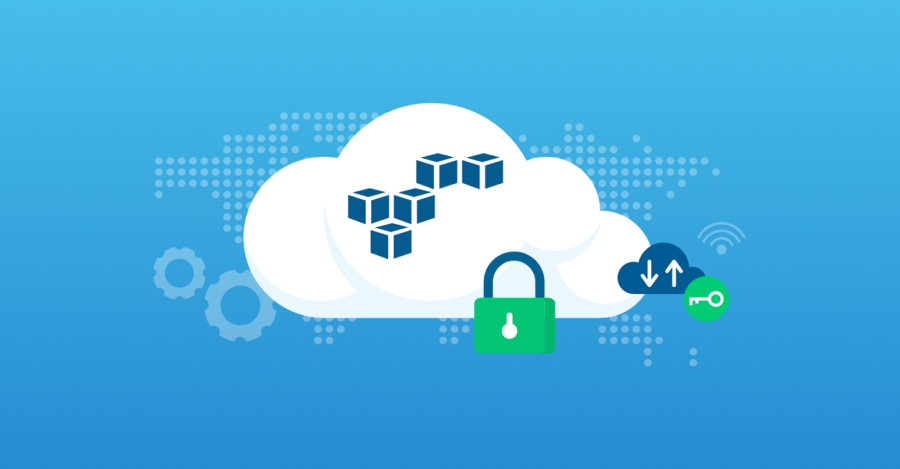Organizations globally use cloud services for cloud-native development, data analytics, machine learning, and application migration among many other things. In fact, the worldwide cloud computing market size was worth $274.79 billion in 2020 which is predicted to grow at a CAGR of 19.1% till 2028.

While data storage and management have never been easier, cloud vulnerabilities have become a huge threat to data security. Did you know 93% of businesses have serious concerns about public cloud security?
Must Read: Outage at AWS? What Caused the Chaos and How Was it Resolved?
So, let’s talk about the top 5 critical cloud vulnerabilities.
1. Lack of Multi-Factor Authentication for Privileged Users
This is one of the most common cloud vulnerabilities. For users who are assigned to privileged administrative roles in control, the lack of multi-factor authentication is only a way for them to have access to your data. So, for any kind of cloud environment, access of privileged users should also be protected as far as possible.
2. Incomplete Data Deletion
Data deletion is something that needs to be done very carefully. The threats relating to data deletion mostly exist when you don’t have full visibility into where your data is physically stored on the cloud. This reduces your ability to verify whether your data has been securely deleted or not. This risk is especially concerning in multi-tenant cloud environments, where data is spread across an array of different storage devices within the cloud infrastructure.
Also Read: What is Supercomputing and How is it Changing R&D?
3. Insecure APIs
Application user interfaces (APIs) are widely used to streamline cloud computing. They not only enhance the convenience and boost efficiency but also make it easy for organisations to share information between multiple applications. But, when left insecure, they can be a source of numerous cloud vulnerabilities and thus, serve as a very easy point of attack for malicious actors. In fact, API abuses are expected to become the most commonly used attack vector by 2022.
4. Failure of Separation Among Multiple Tenants
When organisations fail to maintain fool-proof separation between tenants in a cloud environment, malicious actors easily take advantage of the organization’s assets or data through another user’s resource. In fact, multi-tenancy, when handled improperly, can also increase the attack surface and lead to data leakage if its separation controls fail. And if such a vulnerability is not mitigated at once, it can seriously endanger an organization’s data security and privacy.
Conclusion: While moving to the cloud has become important to survive in today’s digital world, the failure to take necessary precautions during transformation can prove to be nothing short of reckless endangerment.
Recommended Read: How to Secure a Path for Yourself on the Cloud?
For more articles like “Cloud Vulnerabilities That Endanger Your Data”, follow us on Facebook, Twitter, and LinkedIn.